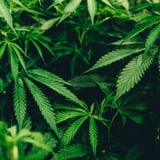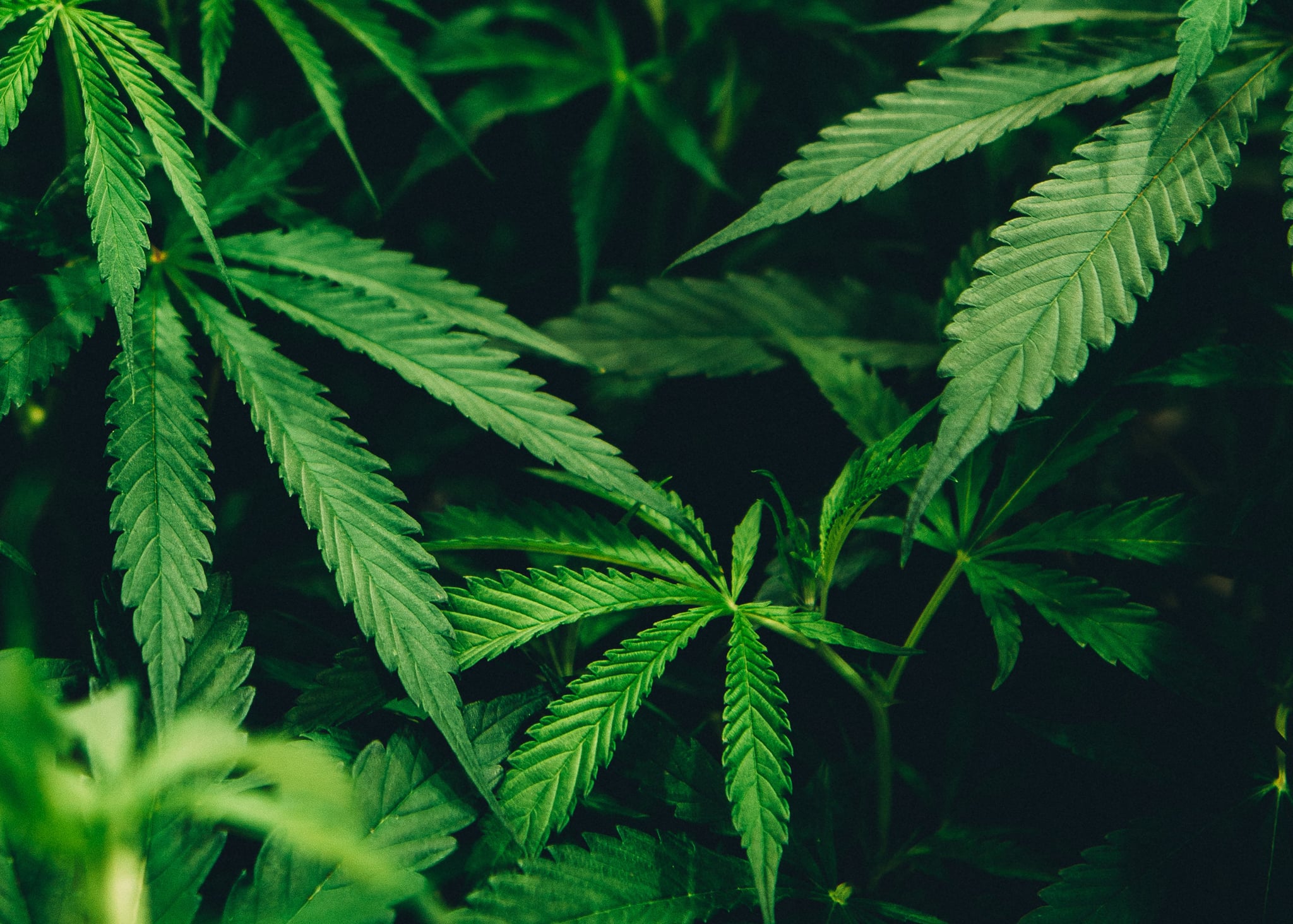

As marijuana use continues to become legalized around the country (and most recently, Canada), it's no wonder a rising number of adults are open to learning more about it. Gone are the days when one used to just ask their dealer for "whatever you've got." Modern cannabis has grown to encompass hundreds of unique strains that come in a variety of consumption methods and doses that fit the needs of every type of consumer. But all this comes with some required knowledge, like the difference between a sativa and indica, for example. If cannabis has recently piqued your interest, read on to get fully educated ahead.
Where is recreational marijuana currently legal?
- Alaska
- California
- Colorado
- Maine
- Massachusetts
- Nevada
- Oregon
- Washington
What's the difference between a sativa and an indica strain?
Think of sativas as your daytime weed; great for being active and social. Indicas on other hand are ideal to ingest before bed, as they generally make you sleepy, or for a relaxing night in. Hybrids offer the best of both worlds, although there are sativa-dominant hybrids and indica-dominant hybrids, as well.
What forms does cannabis come in?
- Flower/bud - for smoking or vaping
- Hash oil cartridges - for vaping
- Edibles (cookies, chocolates, chips, infused beverages, etc.) - for consuming
- Hash or wax (cannabis concentrates) - for dabbing (heating on a hot surface)
Weed can also be infused in a variety of products including bath salts, lotions, and salves.
What's the best consumption method for beginners?
I always recommend newbies to smoke or vape for their first time because the effects are instant and therefore easier to gauge. Edibles can take 30 minutes to two hours to kick in, which often results in impatient overdoses. Edibles are also more difficult to measure unless they come in the form of low- and precisely dosed chocolates or gummies. I'd also stay away from bongs for your first go.
How much should I smoke/eat?
Always, always start low and go slow. See how your body reacts after one hit and wait about half an hour before taking your next puff. Most strains range between 18 and 22 percent THC, but you may want to look for varieties ranging on the lower end with noticeable amounts of CBD. As for edibles, start around 2 to 5mg THC.
What's the difference between THC and CBD?
There are a hundred-plus cannabinoids found in the cannabis plant, but the most well-known are CBD and THC. THC is responsible for making you feel "high," while CBD is nonpsychoactive (at least in recommended doses) and counteracts some of THC's adverse effects such as paranoia. Together, they produce that euphoric and relaxing high we enjoy.
What is CBD oil?
It's a cannabidiol (CBD) extract that's most popularly taken orally in the form a tincture. It doesn't have a mind-altering effect (unless you take more than the recommended dose) and is known to help with anxiety, sleep, pain, and epileptic seizures. It's all-natural and safe and legal as long as its packaging specifies that it's "hemp-derived." You also don't have to worry about CBD showing up on a drug test, either. Although CBD oil is most popular, it can also be enjoyed in the form of vapes, topicals, and edibles.
What will I feel when I'm high?
It really depends on the strain and the individual, but you can expect to feel all or some of the following: uplifted, euphoric, giggly, hungry, sleepy, relaxed, calm, and/or creative. You may also notice pain relief. Additionally, I always recommend that people smoke or ingest weed in a safe space with people they're comfortable with, as some adverse effects can include paranoia and anxiety.
What should I do if I get too high?
Don't worry - this happens to even the most seasoned stoners. Taking CBD has shown to be effective in reversing the adverse affects of THC, but if you don't have any CBD readily available, the most important thing to do is to get as comfortable as possible. Take deep, slow breaths and reduce any stimuli (turn down/off music, TV volume, etc.), or look for a quiet space if you're not at home. Being in crowded settings can induce more anxiety, so try to remove yourself from hectic situations. Unfortunately, the only thing you can really do is ride it out or sleep it off.
What are the benefits of cannabis?
The number of cannabis's medicinal benefits is endless, but here are the biggest, to name a few:
- Antiepileptic
- Antianxiety
- Antinausea
- Pain relief
- Anti-inflammatory
- Sleep aid
- Antispasticity (generally for multiple sclerosis)
- Antipain (nociceptive, neuropathic, and central)
Is marijuana addictive?
Smoking weed once or a even a few times will not result in an addiction. When we consulted a neuroscientist, Josh Kaplan, PhD, about the risks of regular usage, he shared that cannabis dependency is possible but not common. Around 10 percent of users become dependent from frequent consumption, but only rare cases of "true cannabis addiction" have been reported so far. But it's also worth noting that the risk is increasing as modern products contain more THC. One group that shouldn't use cannabis is adolescents, as cannabis use can impact their cognitive development.
Are there any health risks that come with marijuana consumption?
The long-term consequences of cannabis on cardiovascular risk are still unclear. According to Dr. Kaplan, "High amounts of THC may have negative long-term consequences on the heart by promoting plaque development" - however, "CBD seems to be protective against this." Additionally, these tests were conducted with synthetic versions of THC, which are often stronger than the THC found in cannabis. Marijuana smoke does contain carcinogens and cocarcinogens, but it has far less risk for lung complications compared with cigarettes, and the risk can be improved once you stop. Additionally vaping has shown to be less harmful than smoking as vaporizers heat instead of burn, though there are limited studies.




0 comments :
Post a Comment